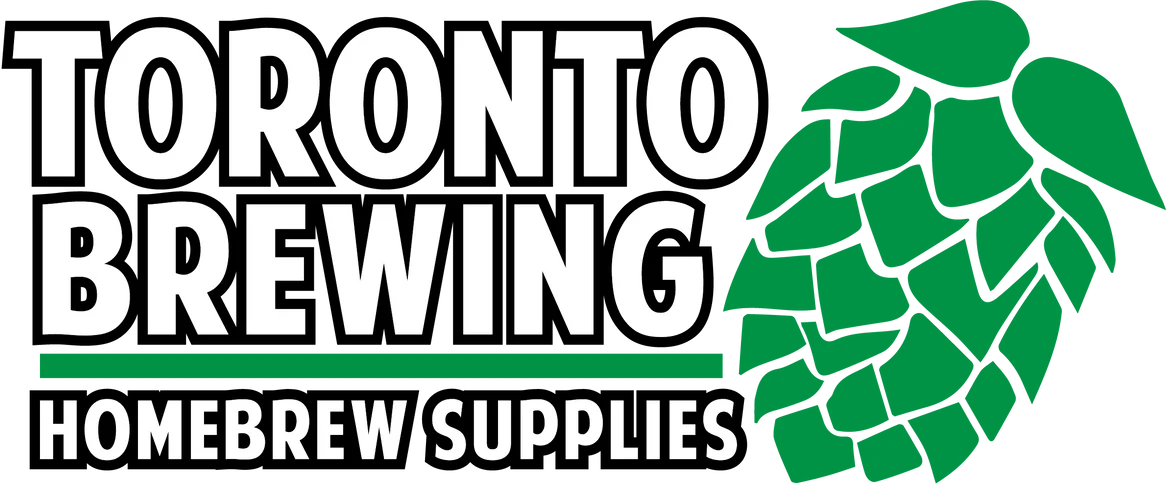What Inspired the Home Brewing Movement?
For years, I viewed the brew-your-own movement as a passing cultural fad of the 80s, akin to the escape room craze of the 2010s. It turns out that home brewing actually arose out of a specific place and time, where the homogenization of the beer market and the rising cost of beer inspired many Canadians to seek out alternative options for their brews.
With a virtual monopoly on national beer sales from Labatt, Molson, and Carling O’Keefe, nearly all commercially available brews were mass-produced, bland tasting lagers. Home brewing provided beer drinkers with a refreshing alternative – the unique opportunity to experience a variety of beer styles and to experiment with diverse flavour profiles.
Rising Cost of Beer in Canada in the 80s and Early 90s
In her article “Why buck-a-beer failed before in Ontario – and why it likely will, again,” Christine Sismondo delves into the economic reasons behind rising beer prices in the 80’s and early 90s. In addition to general inflation and tax hikes, NAFTA negotiations were also at play, with American brewers protesting that they couldn’t compete with the national brands in the Canadian market.
While beer regulations were not part of the initial NAFTA agreement, the spirit of free trade created an environment that altered the market by reducing American tariffs and barriers.
According to Sismondo, from 1982 to 1992, Canadian beer prices rose an average of 7.5% per year. In 1991, a significant benchmark of inflation was reached when beer prices passed the dollar-per-bottle threshold – a 24-pack rising above $24 for the very first time. In response to rising beer prices, brew-your-own beer kits became more readily available, provided a significantly cheaper (and far more interesting) alternative for beer enthusiasts.
Homebrewing & Licensing
Prior to 1985, Canadian homebrewers were required to get written authorization from the federal government to in order to brew beer at home. Brewing permits were granted through the Department of National Revenue, but were difficult to obtain and were quite restrictive in terms of the brewing tools permitted.
The Excise Act of 1985 legalized and regulated homebrewing in Canada for personal use by exempting it from licensing and excise duties, provided the beer was not for commercial sale. Canadians were now permitted to brew beer for their own consumption, though the commercialization of home-brewed beer was prohibited and penalized.
Homebrewing was fully legalized in Canada in February 1985, largely in response to the growing interest the brew-your-own trend. In late February of the same year, the Beer Store went on a month-long strike forcing Ontarians to seek out alternatives to big beer. Amidst the Beer Store strike, CBC’s Dan Bjarnason reported that throughout the year Canadians had brewed roughly 40 million bottles of beer, revealing a home brewing market worth approximately $7 million. At the time, a home-brewed bottle cost an average of 16 cents per bottle, which was roughly 20% of what big brewers were charging for their beer.
Collapse of Brew-On-Premise
From his article “Origins of Ontario’s Wholesaling Cooperative,” Alan McLeod states that by 1996, brew-on-premise (BOP) outlets held a small but meaningful share of Canada’s beer market. The effect of BOP outlets on the national brewing industry was significant enough that it became a speaking point at the 1996 Federal hearing on taxation of major Canadian industries.
Sandy Morrison, President of the Brewers Association of Canada, argued that the brew-your-own model was built on a model of tax avoidance, as an unlicensed and unregulated commercial operation. According to Morrison, brew-your-own outlets held 8% of the beer share in BC and 3% in Ontario, amounting to roughly $69 million in lost revenue from the two provinces. Following this federal hearing, regulations and taxes were applied, effectively wiping out the brew-your-own industry, while reinforcing the interests of the government and large brewing corporations.
Through homebrewing aficionados, many Canadians consumers were introduced to unique flavour profiles and beer styles that at the time were largely absent from the beer market. Although the brew-your-own movement was relatively short-lived, it inspired a shift away from big brewing, laying the foundation for the craft beer movement in Canada.
(Leah is a Toronto based freelance writer as well as the Beer Boss and a server at C’est What)


